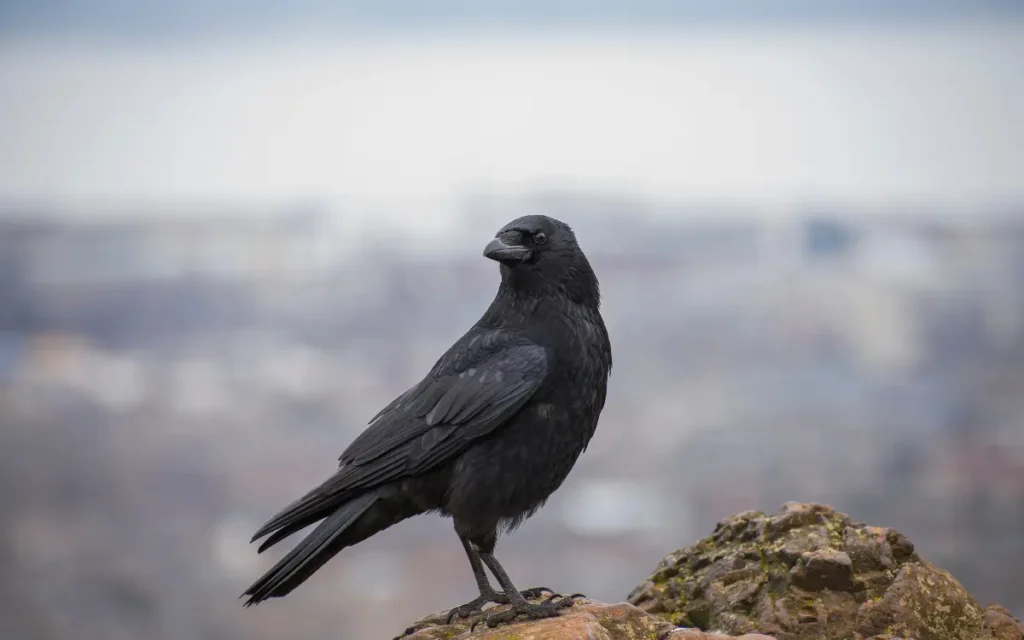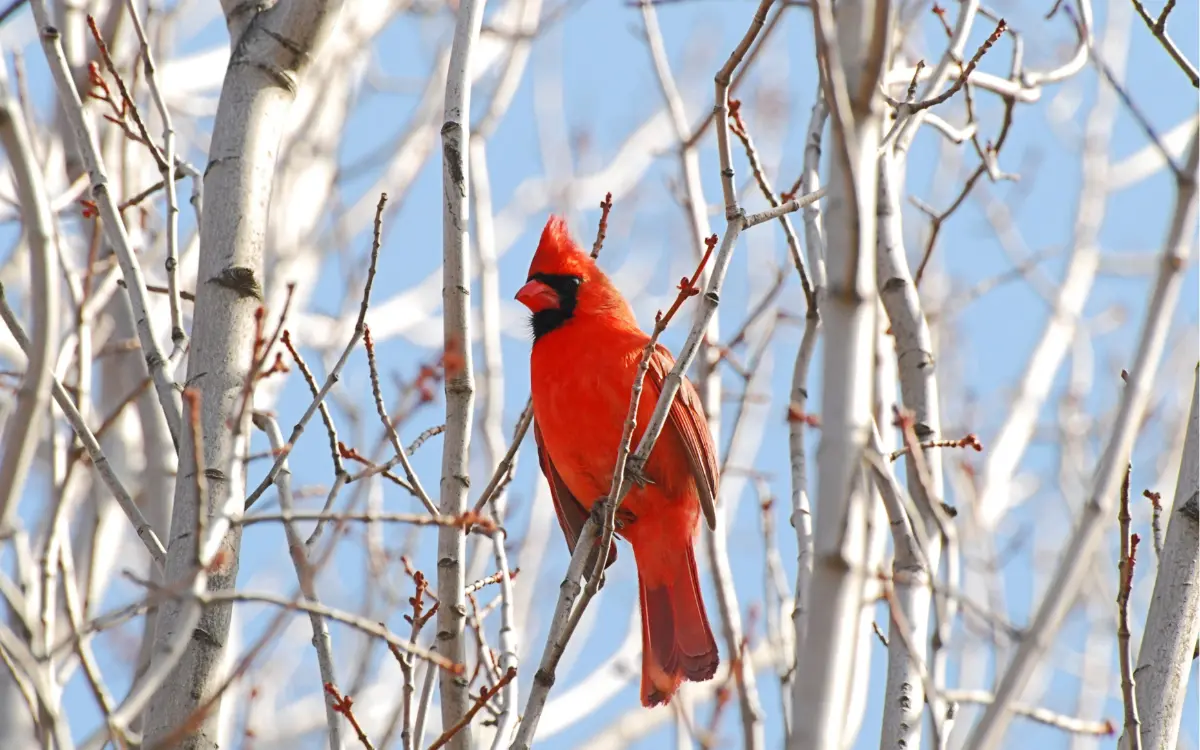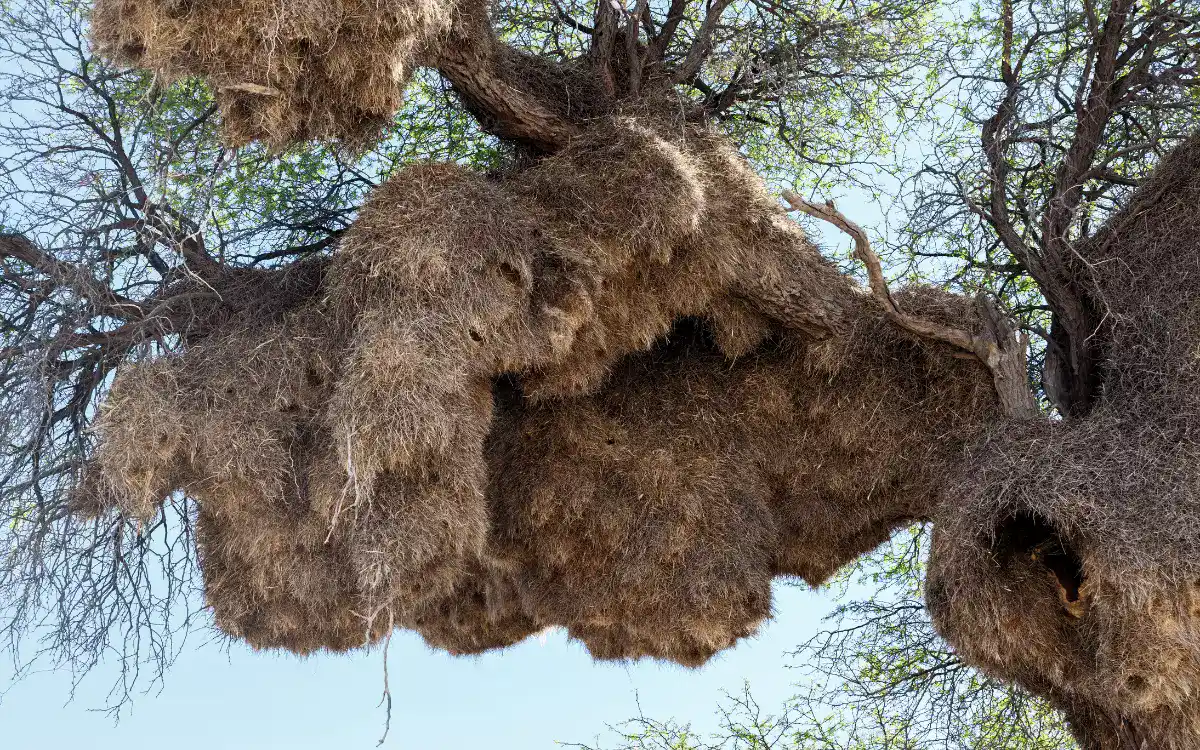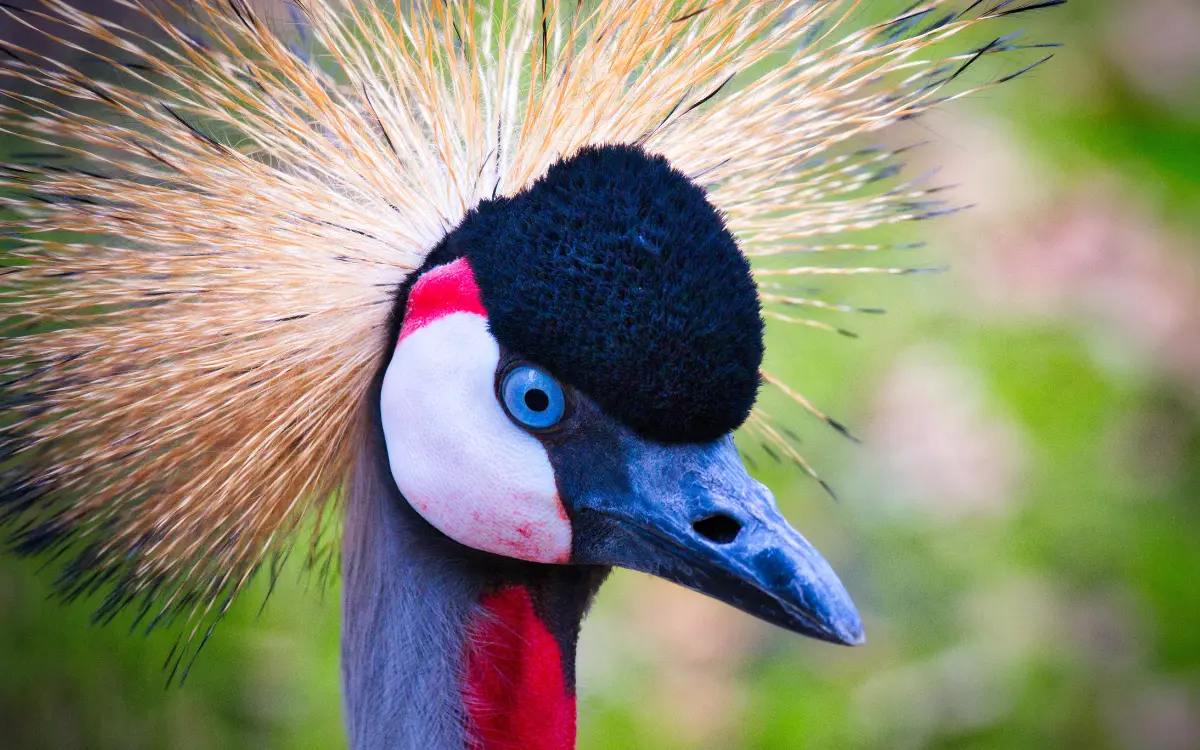How to Attract Crows to Your Yard?
Crows are highly intelligent and adaptable birds known for their curious and social nature.
Attracting crows to your yard can bring a sense of wonder, as they exhibit unique behaviors and problem-solving skills that make them fascinating to observe.
Additionally, crows help with pest control by eating insects and small rodents. If you’re interested in attracting crows to your yard, here are some effective steps to make it a welcoming space for them.
Offer the Right Food
Crows are omnivorous, meaning they eat a variety of foods, so offering the right food sources is essential to attracting them to your yard.
Nuts and Seeds: Crows enjoy peanuts, especially in the shell, as they love the challenge of cracking them open. You can also offer sunflower seeds and other types of nuts. These foods are nutritious and can be placed on a platform feeder or directly on the ground.
Meat Scraps and Protein Sources: As omnivores, crows also appreciate small pieces of meat, eggs, and pet food. Scraps of chicken, beef, or hard-boiled eggs can be placed in an open space for them to find. However, avoid using processed meats with added salt or seasoning, as these can be harmful to birds.
Fruits and Vegetables: Fruits like apples, berries, and corn are favorites among crows. You can scatter small pieces of fruit on the ground or a flat feeder. Crows will also eat some types of vegetables, such as cooked corn or peas.
Leftover Food Scraps: Crows are scavengers and will be drawn to scraps like bread crusts, rice, or pasta. Be cautious with processed foods; avoid anything with excessive sugar, salt, or additives, as these can be unhealthy for them. Simple, unseasoned leftovers are best.
Use Crow-Friendly Feeders
Choosing the right feeder setup is important for attracting crows, as they are large birds and prefer stable feeding surfaces.
Platform Feeders: Flat, open feeders are ideal for crows because they allow plenty of space to land and forage. Platform feeders are versatile and can hold a variety of foods that crows enjoy.
Ground Feeding Areas: Since crows naturally forage on the ground, scattering food directly on the ground or in a ground-level tray is effective. Place food in an open space where crows can easily see and access it. This mimics their natural behavior and makes them feel more comfortable.
Large, Sturdy Feeders: Crows are larger than typical backyard birds, so a large, sturdy feeder is essential. Avoid small hanging feeders, as they are often too small and unstable for crows to use comfortably. Look for feeders that are heavy enough to support the weight of these birds.
Provide a Fresh Water Source
In addition to food, crows need access to fresh water for drinking and bathing. Offering a water source can make your yard more attractive to them.
Birdbaths: A sturdy, shallow birdbath can work well for crows. Place it in an open area where they can see it easily. Make sure the birdbath is deep enough for drinking and shallow enough for splashing and bathing, ideally around 1–2 inches deep.
Ground-Level Water Dish: In addition to a birdbath, you can place a large water dish on the ground. This is particularly useful if you find crows are not comfortable perching on elevated birdbaths. Keep the water dish filled with fresh water, especially during hot weather.
Moving Water Features: Crows are curious and attracted to the sound of moving water. Adding a small fountain, dripper, or water wiggler to the birdbath can draw their attention and keep the water fresh. Moving water also helps reduce algae growth, making it easier to maintain.

Create a Safe and Inviting Environment
Crows are cautious birds that prefer safe, quiet areas where they can easily observe their surroundings and spot potential threats.
Minimize Predators: Choose open, visible spaces for feeding, as crows like to keep an eye out for predators. Place feeders away from dense bushes or other areas where predators like cats could hide. If you have cats, keep them indoors or supervise them when they’re outside to protect the crows.
Reduce Disturbances: Place feeders in a quiet area away from high-traffic spots in your yard. Crows are wary of loud noises and sudden movements, so the more peaceful the setting, the more likely they are to feel comfortable and stay longer.
Provide Perching Spots: Crows like to perch on high vantage points to observe their surroundings. Add tall, sturdy branches, poles, or even a bird perch where they can land and watch for food. Perching spots also make them feel secure and offer a place to gather.
Offer Nesting Materials and Shelter
While crows usually nest high in trees, providing nesting materials and shelter can encourage them to spend more time in your yard.
Provide Natural Nesting Materials: Crows build their nests using twigs, grass, and small sticks. You can scatter these materials around your yard to make them available. Crows may use them if they’re building nests nearby or for creating small structures in the yard.
Plant Tall Trees and Shrubs: Tall trees like oak, pine, or maple provide excellent perching and nesting sites for crows. If you have the space, consider planting trees that crows can use for shelter and roosting. Shrubs and dense foliage also offer cover and protection.
Leave Some Areas Wild: Allowing part of your yard to grow more naturally creates a foraging and nesting environment that feels natural to crows. Let some areas grow wild with tall grasses and native plants to attract insects, which are an additional food source for crows.
Read also:-
Engage Crows with Interesting Objects
Crows are known for their curiosity and attraction to shiny and unusual objects. Adding intriguing items to your yard can keep them entertained and encourage them to visit regularly.
Shiny Objects: Place small pieces of aluminum foil, shiny beads, or mirrors around the feeding area. Crows are drawn to shiny objects, and these items can catch their attention, making them more likely to investigate the area.
Small Toys or Trinkets: Crows enjoy exploring small items, especially brightly colored toys, buttons, or even small rubber balls. You can place these near feeders or around the yard for them to discover and interact with.
Rotate Items Regularly: Crows are smart and may get bored if items stay the same. Try rotating objects every week or so to keep things interesting. This encourages the crows to continue visiting, as they’ll be curious about the new additions.
Establish a Consistent Routine
Crows are creatures of habit and can learn to follow a feeding routine. Establishing a consistent schedule helps them feel comfortable and familiar with your yard.
Feed at the Same Time Daily: Crows can recognize patterns and will visit regularly if they know food is available at a specific time. Try feeding them at the same time each day to establish a routine.
Keep Food in the Same Location: Placing food in the same spot each time helps crows remember where to find it. They will become accustomed to your yard as a reliable food source, encouraging them to return.
Be Patient and Observant: It may take time for crows to trust your yard and become regular visitors. Be patient, and allow them to explore at their own pace. Crows are naturally cautious, but with time, they will become more comfortable.
Observe and Respect Crow Behavior
Crows are social and intelligent, with complex behaviors that can be fascinating to observe. Respecting their natural behavior is key to building a positive relationship.
Watch for Family Interactions: Crows are social and often travel in family groups. If you attract one crow, it’s likely that it will bring other family members. You’ll get to observe their interactions, such as feeding behaviors and playful antics.
Respect Their Space: While crows may be curious, they still prefer to keep a safe distance. Avoid approaching them too closely. Allow them to come and go as they please, and they’ll be more likely to return.
Learn from Their Communication: Crows are known for their vocalizations and body language. Listen to their calls and observe their movements, as they often communicate with each other about food sources and potential threats. Understanding their behavior can enhance your experience and appreciation of these intelligent birds.
Conclusion
By offering the right food, providing water, creating a safe environment, and engaging their curiosity, you can successfully attract crows to your yard. These birds bring a unique presence and can offer natural pest control while providing endless opportunities for observation.
With a bit of patience and consistency, you’ll be rewarded with the fascinating sight of crows visiting your outdoor space regularly. Enjoy the process of attracting and getting to know these clever birds!






